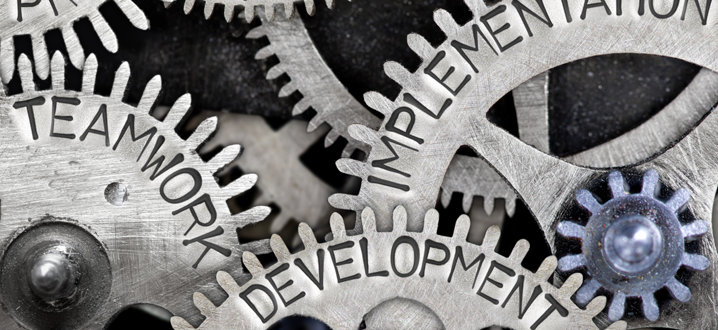Manufacturing Innovation Blog
Powered by the Manufacturing Extension Partnership

Manufacturers throughout the United States are facing a new set of challenges and exciting growth opportunities. Given the manufacturing industry’s important role in providing both direct and indirect jobs, how firms react to these changing conditions is critical not only to the companies themselves, but to our country, our communities, our citizens, and ultimately, our economic and national security.
There are many myths concerning manufacturing. Many people still have old models and notions about manufacturing that are out of date. Manufacturing is not monolithic and is ubiquitous. Manufacturing is composed of different industries with different patterns of growth and decline, with both small and large firms. Regions of the U.S. have different industry structures and product life cycles. The economic environment that companies compete in today is vastly different from that of 20 years ago and the pressure for change is continuing and accelerating.
Today’s economic environment presents companies with new challenges due to several factors, including:
- Globalization
- Technology
- Deregulation
- Shortened product life cycles, and
- New standards for quality and customer satisfaction.
These challenges cannot be ignored, legislated away, or otherwise addressed by simply wishing we could turn back the clock. The factors are restructuring entire industries and many local economies, and are reshaping how companies organize their workplaces, manage their operations, and train their employees.
As the MEP National NetworkTM Strategic Plan lays out, an important role for the National Institute of Standards and Technology’s (NIST) Manufacturing Extension Partnership (MEP) is championing manufacturing. To help inform our thinking about manufacturing and its future, NIST MEP partnered with the Center for Regional Economic Competitiveness (CREC), the State Science & Technology Institute (SSTI), and the editorial staff of Economic Development Quarterly to host a meeting of academic scholars to present their research on a host of issues relevant to U.S. manufacturing in the summer of 2017. Some of these papers were published in the November issue of Economic Development Quarterly and other papers will be published in later issues. The papers published in this issue covered topics including the role of service intermediaries in expanding the impact and reach of the MEP Program, how skills and wages differ within supply chains, the prevalence and payoff of credentials in manufacturing, examining the factors related to explaining performance differences across manufacturers, the role of design as a source of competitive advantage for manufacturers, and the factors that influence manufacturing location decisions to reshore or offshore production.
These are issues that the MEP National Network confronts and helps thousands of manufacturers solve every day. As recent research done by Tim Bartik of the Upjohn Institute suggests, the role of customized business services – the things MEP does every day—is a cost-effective tool in the economic development tool box. Indeed, the paper by Brandt, Shrank, and Whitford on the MEP Program points to the critical role of MEP and extension services in the economic development ecosystem. The MEP National Network is a critical intermediary acting as a conduit and connector for manufacturers in navigating and accessing the services they need to improve their bottom-line and business performance.
The accelerating pace of change is driven by the continued evolution of the global economy and it is sweeping through the doors of manufacturers. Meeting this challenge is the key to the future. Turning the key demands that we all work together to improve company performance as measured by profits and productivity.



